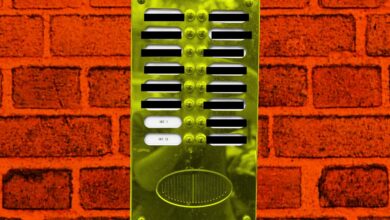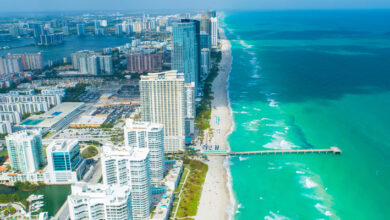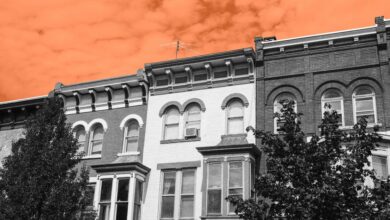The Times Square: Repurposing A Broadway Theatre
New York has long been considered the hub of the American theater scene: the World Cities Culture Report 2018 counted 637 operating theaters within the city limits and estimated that ticket sales for New York City theatrical events totaled $1.7 billion annually. Yet even the Great White Way’s modern popularity pales in comparison to its peak during the Roaring Twenties, when the film industry was in its infancy and live theater was the city’s dominant form of entertainment. nineteen of forty-one active Broadway theaters opened between 1920 and 1930, and many more were built during this period only to immediately fall prey to the financial devastation of the stock market crash of 1929. Most of these performance halls have since been destroyed or redeveloped, but there are several notable exceptions, most notably the Times Square Theatre.
History of the Times Square Theater
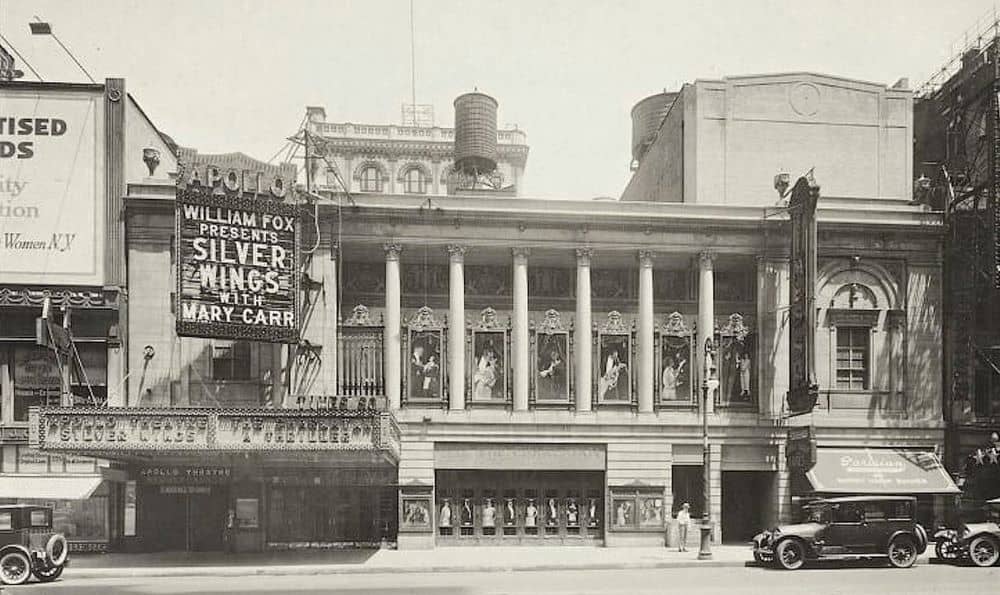
Located at 217 West 42nd Street, right next to where Harry Potter and the Cursed Child currently playing at the New Victory Theater, the Times Square Theater was designed by Eugene de Rosa and opened in 1920 with a production of Edgar Selwyn’s drama The Mirage. The theater went on to host several other notable performances, including the American premiere of Noël Coward Private lifeuntil Depression-era financial difficulties drove its management into bankruptcy in 1933. The new owners converted the theater into a cinema used to display sinister and raunchy grindhouse films, a popular attraction at the time.
The slowly decaying Times Square Theater remained a movie theater until the early 1990s, its movie lineup gradually descending into splatter movies and pornography. Yet Times Square survived the demolition of several other venues nearby, although it was not among the Broadway theaters chosen to be protected by the New York City Landmarks Preservation Commission as it was no longer used for live performances.
In 1992, the Times Square Theater was placed under the jurisdiction of New 42nd Streeta city-backed organization intended to renovate the deteriorated Broadway theaters on 42nd Street and make the neighborhood more attractive to tourists.
chart a new course
The new 42nd Street has successfully renovated six of the seven Broadway theaters remained under its jurisdiction, including the New Victory Theater and the American Airlines Theater. The Times Square Theater is the latest to be repaired, in part because its unique layout poses a challenge for renovators.
Some conservationists felt the theater should be restored to its former glory and used again for theatrical performances. However, safety standards and accessibility requirements have changed significantly since the shows last performed in Times Square ninety years ago – for example, all theater exits are directly on 42nd Street, which would make it difficult for audiences to exit in case of fire and would be greatly complicate the loading for new shows.
Instead, it was decided that the Times Square Theater would be repurposed entirely.
Over the decades, New 42nd Street has presented various proposals for new business ventures including, three times, plans a professional wrestling-themed restaurant, a Gladiator-themed restaurant, and a Marvel Comics-themed restaurant. Designer Marc Ecko and the developers behind the 4D broadway fast fashion both held the Times Square Theater lease at various times, but later abandoned their planned plans for the space.
Current outlook
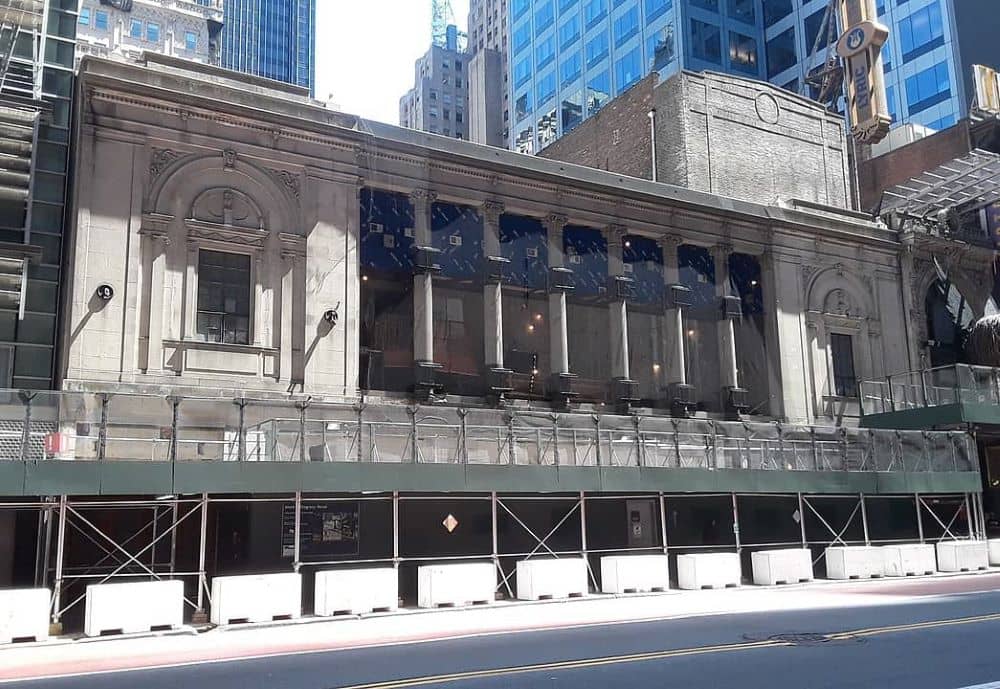
In 2017, New 42nd Street chose the design firm Stillman International Development to execute a renovation of the Times Square Theater that would both honor the theater’s roots as a performance venue while creating an inviting space for new visitor attractions.
The currently planned redesign, which was unveiled in 2019, includes the addition of multiple floors that will more than double the height of the theater. Stillman’s developers aim to retain the essential look of the theater’s historic architecture by restoring its stage arch and elaborate plaster ceiling while simultaneously incorporating more modern design elements, including a projecting glazed atrium with stunning views of 42nd Street. The interior will be used for restaurants and retail.
The Times Square Theater redesign was originally scheduled to be completed in 2020 at a cost of about 100 million dollars, but the project has experienced significant delays since the start of the Covid-19 pandemic. A new completion date has not yet been set.
Other renovated and refurbished theaters in New York
The Times Square is far from the only theater to have received new life thanks to its renovation. Many other abandoned theater spaces across the city have been redeveloped into entertainment complexes, recording studios and even educational centers.
The Liberty Theater and the Empire Theater
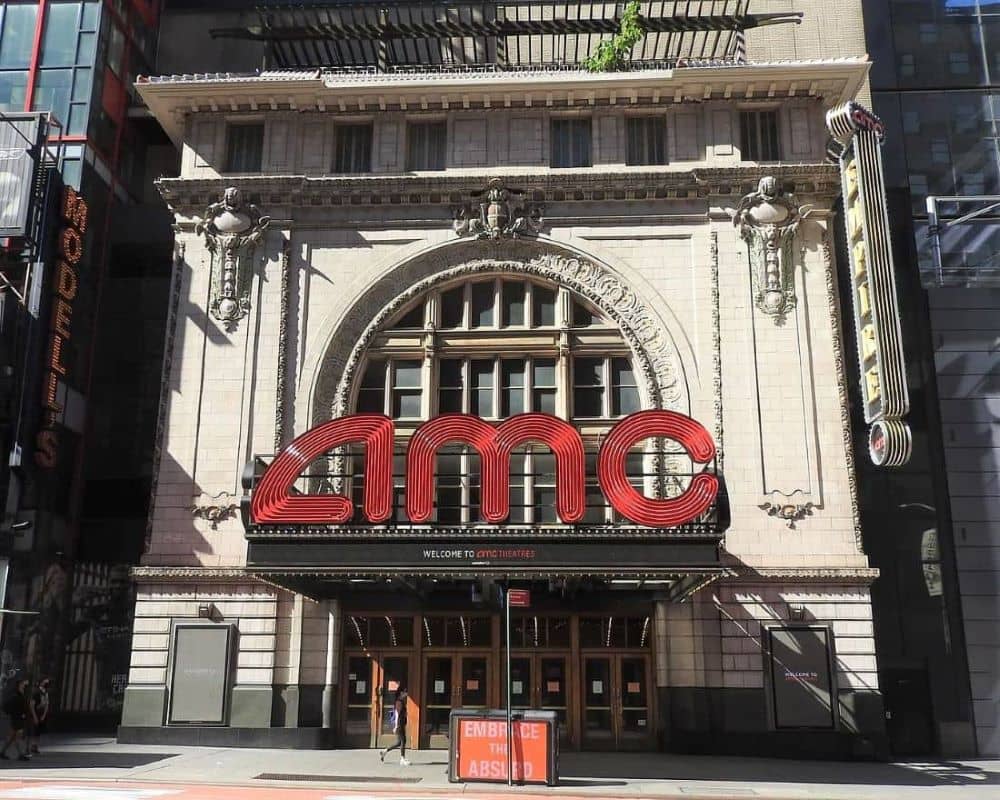
The historic Liberty Theater and Empire Theater on Broadway, which opened in 1904 and 1912respectively, housed several theatrical performances in the early 20th century, but had both been closed by the mid-1940s. In 1998, new 42nd Street rolled the outer shell of the Empire Theater 170 feet on 42nd Street to become the facade of the AMC Empire 25 movie theater. The former Empire site, along with the adjacent Liberty Theater, was gutted and turned into the new home of Ripley’s Believe It or Not! and Madame Tussauds wax museum.
The Palace Theater
Home to the original Broadway productions of Aida, The revenge of a blonde, and Spongebob Squarepants: The Broadway Musical, the Palace Theater began life as a vaudeville house in 1913 before being converted into a “legitimate” theater by the Nederlander Organization in 1965. The palace is currently in the midst of one of the most bizarre renovations in Broadway history: as part of the TSX Broadway Projectthe theater is raised thirty feet above Times Square to become the third floor of the new TSX buildingwhich will serve as a hotel, entertainment complex and shopping mall.
The Ed Sullivan Theater

After opened as Hammerstein’s Theater in 1927, this theater was known as the Manhattan Theatre, Billy Rose’s Music Hall and finally The Ed Sullivan Theatre. Originally home to musicals, the Ed Sullivan went bankrupt during the Great Depression and rotated between a variety of different uses, serving as a vaudeville hall, a dinner theater and finally a television recording studio . The Ed Sullivan Theater was famous home of the Beatles’ American debut during a performance recorded for The Ed Sullivan Show. Today the theater is owned by CBS and is used for filming The Late Show with Stephen Colbert.
The Audubon Ballroom and Theater
Although not a Broadway house, the Audubon Ballroom and Theater in Washington Heights served as a vaudeville venue and movie theater for decades. after its opening in 1912. The ballroom eventually became a place of religious worship and a meeting place for union leaders and community activists, including the Municipal Transit Workers, the IRT Brotherhood Union, and the Organization of African American Unity. At an OAAU meeting on February 21, 1965, the Audubon Ballroom became the site of the assassination of Malcom X while he was shot on stage while giving a speech. New York City took possession of the building in 1967 due to unpaid taxes, and Columbia University planned to demolish the then-deteriorating Audubon in 1989 to erect a new research center. However, community events required the University to leave the ballroom intact while replacing much of the surrounding structure. Today, the former Audubon Ballroom and Theater building includes both the Audubon Business and Technology Center and the Malcolm X and Dr. Betty Shabazz Memorial and Educational Center


